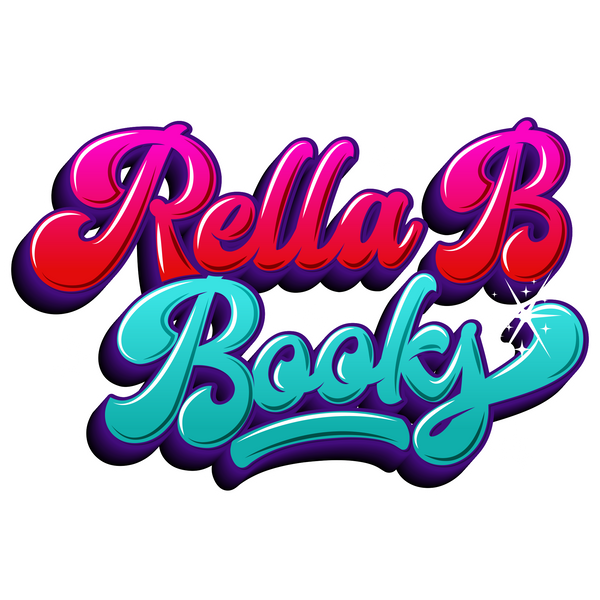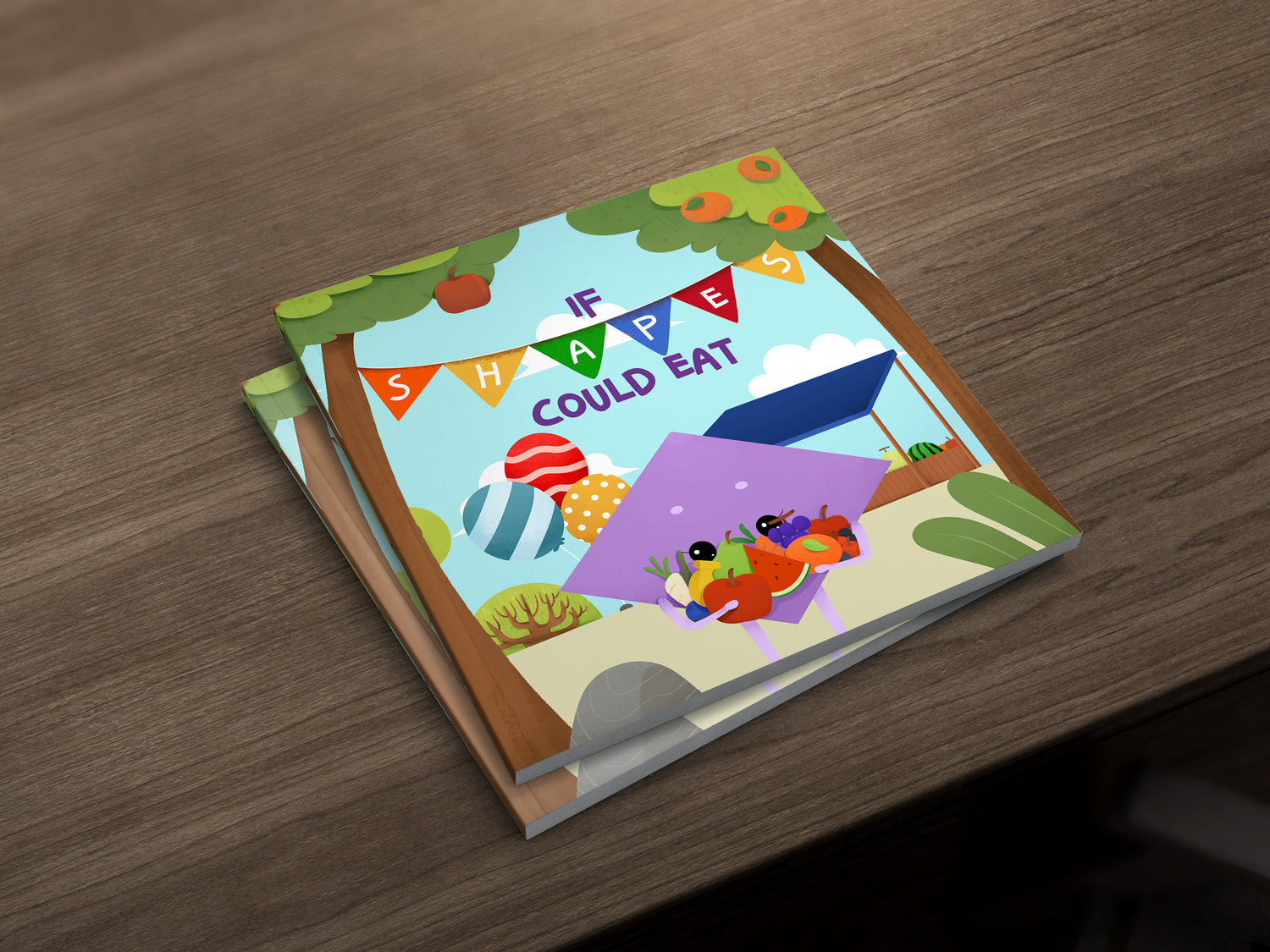If you want to publish your children's book but don't want to break the bank, this guide is for you. Click to read
So you've got this amazing children's book idea, but your budget isn't big enough, so you would want to maximize every time spent during the project. Don't worry; you're not alone in this.
Publishing a children's book can be like trying to fit a big sandwich into a tiny lunchbox – it feels tight, and your budget might not stretch that far.
What most people don't know is that it isn't rocket science if you don't have that big of a budget for the project; you can look for a friend or family member who can help with illustrations or Editing, use free or low-cost publishing platforms or either format the book yourself.
In any of these, you might still spend some money here and there, but it's different from hiring a professional author for the project.
In this guide, we'll go through tips and tricks on publishing your children's book on a budget.
Now, let's get started.
Setting Your Budget

The first thing you should do when trying to publish a children's book on a budget would be to set your budget.
Doing this is very important because it can be called the map guiding your journey to publishing your children's book.
When doing this, you should first figure out how much you can comfortably spend on your project. It's like deciding how much pizza you can devour without feeling guilty (or overly full).
Be real with yourself. No one likes a budget that squeezes them too tight. Once you have that magic number, stick to it like glue.
Most importantly, this helps you avoid impromptu purchases, ultimately keeping you on your spending threshold.
Cost-Effective Writing
Now, let's talk about creating your masterpiece. Writing on a budget is like making a gourmet meal with everyday ingredients. You don't need fancy truffles; regular mushrooms will do just fine.
You can start by keeping your story concise. Think of it as a short, sweet text message instead of a novel email.
Short and snappy can be just as impactful, plus it saves on printing costs. This does not mean you should edit out important context from your writing; it only means avoiding the unnecessary use of words.
Next, go for free or budget-friendly writing tools. There are plenty out there that won't make your wallet cry. Your story matters most, not the software you use to write it.
Go for Affordable Illustrations
So, now you've got your budget sorted and story sorted out, let's look at the illustrations because what's a children's book without colorful, eye-catching illustrations.
This can be a good example of eating your cake and still having it back (or, in this case, having your illustrations and keeping your budget intact).
First, you should look for illustrators who are starting out or open to negotiation. It's like discovering that old-fashioned, hidden café that serves amazing food without emptying your pockets.
Another tip is to use fewer illustrations. Sometimes, less is more. A few well-placed illustrations can be just as effective as a page covered in colors. It's like using one perfect spice instead of throwing in every spice in the rack.
Editing on a Budget

You've set your budget, written a short story, and found a budget-friendly illustrator. Now it's time to polish your gem, aka Editing.
You can also think of it as giving your car a good wash and wax but for your book.
When doing this, consider enlisting a friend or family member with a sharp eye for Editing. They can be your superhero proofreader without charging you a penny. But make sure to repay them with homemade cookies or something equally delightful! Lol.
You can also explore self-editing tools and apps that won't cost you an arm and a leg. They will only replace a professional editor partially, but they can help tidy up your manuscript.
It's like using a self-car wash station for your book – not quite the full spa treatment, but it does the job.
Budget Book Design
Now, let's talk about making your book look pretty. Designing your book on a budget is like dressing up for a fancy party without buying a designer outfit. It's all about finding smart, stylish solutions without emptying your wallet.
Consider pre-made book templates. They're like the off-the-rack outfits for your book. They are affordable and can still make you look like a superstar. You can customize them to match your book's personality.
Remember, simple can be stunning. A clean, minimalist design can surprisingly be just as effective as an intricate, expensive one. Think of it as rocking a classic little black dress that never goes out of style.
Printing Choices
A cost-effective way to do this is by exploring print-on-demand services. These are like ordering as many pizzas as needed instead of a whole truckload. It's cost-effective because you print copies as needed, avoiding a mountain of unsold books in your basement.
Consider different formats. You don't need to go for the priciest hardcovers. Paperbacks can be budget-friendly and still look fantastic on the shelf. It's like choosing pizza by the slice instead of a whole pie. You get just what you want without overindulging.
There you have it – the next steps on your budget-friendly children's book journey. We're not done yet, though.
Cost-effective Marketing

It's time to declare, "My book is here!" from the rooftops now. But how can you get the word out without breaking the bank?
Consider low-cost marketing as having your friends home for a potluck meal rather than making reservations at a pricey restaurant. It's about making the most of your resources and relationships.
Social networking is a simple but powerful place to start. Post sneak peeks, interact with prospective readers, and share book news. It can reach lots of people and is reasonably priced.
Joining local book fairs or events is another option.
These may be reasonably priced events where you can engage with prospective readers face-to-face. They're also a fantastic technique to establish your book as authentic in the eyes of your community.
Strategies for Distribution
Building a straightforward, effective bridge to link your work with readers is what distribution tactics are like.
You can always turn to internet resources to start. Consider them as an online library. Self-publishers can pick from products Amazon, Barnes & Noble, and other online sellers offer. It's similar to starting a small independent bookshop without the overhead and rent.
Libraries and bookshops in your area are also beneficial. You have to ask them if they would be interested in carrying your book. Local assistance is often more affordable and easier to receive.
Crowdfunding Tips
So what if you're almost! But if your budget is still tight, crowdfunding can be your superhero. It's like calling in reinforcements when you're in a tight spot.
Platforms like Kickstarter and Indiegogo are your sidekicks. You present your project, and people who believe in your idea can chip in.
Offer creative rewards for backers. It's like giving them a little something extra. Personalized thank-you notes, exclusive content, or even a signed copy of your book can sweeten the deal and encourage more backers.
How much does it cost to self-publish a children's book?
Let's look at what it costs to self-publish a book on a friendly budget or a handsomely paid one.
Below are their difference in prices;
Writing and Editing:
- Writing (DIY): Your time and creativity - Free!
- Professional Editing: $500 - $3,000, depending on the extent of editing and editor's experience.
Illustrations
- Self-illustration or Friend's Help: Free or nominal cost.
- Professional Illustrator: $500 - $5,000 or more based on experience and number of illustrations.
Book Design and Formatting:
- DIY (using online tools): Free - $500.
- Professional Book Designer: $500 - $2,000 or more.
Printing
- Print-on-Demand (per book): $2 - $10 for a paperback, $15 - $25 for a hardcover.
- Bulk Printing (large print run): $2,000 - $5,000 or more, depending on quantity and format.
Marketing and Promotion:
- Social Media Promotion: Free to a few hundred dollars for paid ads.
- Book Fairs or Events: $100 - $1,000 or more, considering booth fees and promotional materials.
- Paid Advertising: $100 - $1,000 or more, depending on platforms and reach.
Total Estimated Cost: $2,000 - $10,000 (or more) depending on choices and project specifics.
Quick one: You can Advertise on my Podcast and YouTube channel if you are looking for a targeted audience for your children's book/illustrations. You will have the best deals with me, I promise :)
Frequently Asked Questions
In this section, we'll look at the various FAQs on how to publish a children's book on a budget.
Is it worth it to self-publish a children's book?
Absolutely! Self-publishing gives you creative control and a direct connection with your audience.
Is It Better to Self-publish a Children's Book?
It depends on your goals. Self-publishing offers control, but traditional publishing provides support. Choose based on your preferences and priorities.
Do you need help getting a children's book published?
Due to competition, traditional publishing can be challenging, but self-publishing offers a more accessible route.
What is the average cost of self-publishing a children's book?
Costs vary widely. A DIY approach might cost a few hundred dollars, while a professionally illustrated and marketed book can range from at least $2,000 to $10,000 or more.
Final Thoughts
Having your entire children's book go from idealization to reality, even with a low/friendly budget, is very possible.
All you have to do is, first of all, set your budget because it serves as a guide for you to avoid impromptu purchases.
The juicy part would be asking your friends, family members or even choosing to do any of the jobs in the book publishing process by yourself, from cooking up your story with everyday words to illustrators, Editing & proofreading, etc.
Remember that the most important thing is that you can bring your idea to life without spending too much, so follow the tips given in this guide and get your book published in no time.


